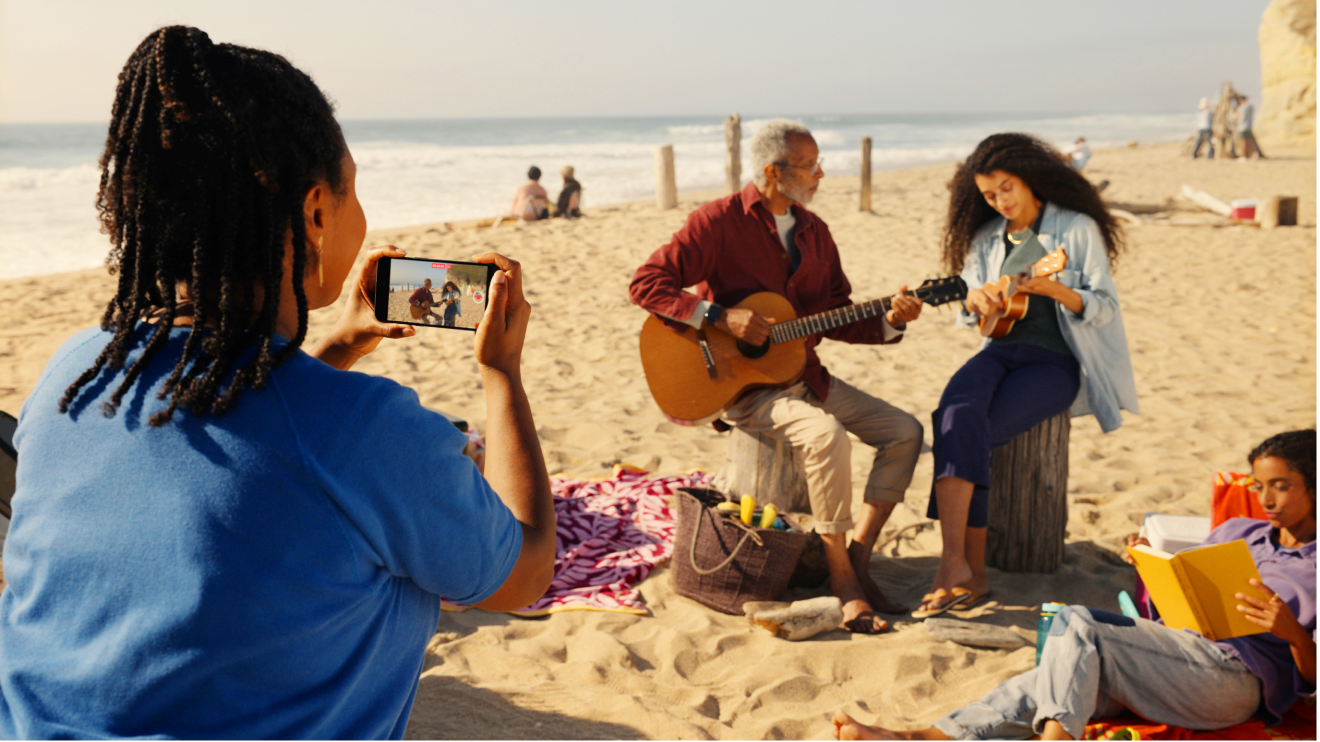Final Cut Pro User Guide for Mac
- Welcome
- What’s new
-
- Intro to effects
-
- Intro to transitions
- How transitions are created
- Add transitions and fades
- Quickly add a transition with a keyboard shortcut
- Set the default duration for transitions
- Delete transitions
- Adjust transitions in the timeline
- Adjust transitions in the inspector and viewer
- Merge jump cuts with the Flow transition
- Adjust transitions with multiple images
- Modify transitions in Motion
-
- Add storylines
- Use the precision editor
- Conform frame sizes and rates
- Use XML to transfer projects
- Glossary
- Copyright

Record spatial video on Apple Vision Pro or iPhone
You can record spatial video with Apple Vision Pro or with iPhone 15 Pro or later and iOS 17.2 or later, and then edit it in Final Cut Pro for Mac. You can also use other devices to record stereo video, edit it in Final Cut Pro, and then export it as spatial video for viewing on Apple Vision Pro.
How spatial video is recorded
Apple Vision Pro records spatial video at 2200 x 2200 pixels at 30 fps in SDR. iPhone records spatial video at 1920 x 1080 pixels at 30 fps in SDR.
Spatial video is recorded in the MV-HEVC format, which is similar to HEVC (H.265), except that it stores the stereoscopic views in separate layers (one for each eye).
What is the “hero eye”?
On iPhone, the Wide and Ultra Wide cameras are side by side. When the iPhone is in landscape orientation, the two cameras are on the same horizontal baseline, oriented just like human eyes. This is what enables spatial video recording in Camera.

When you record spatial video on iPhone, the primary recording occurs on the Wide (1x) camera and is saved in the first layer of the MV-HEVC file. The image from the Ultra Wide (.5x) camera is cropped and scaled up (so that the views from the two eyes match) and is then saved to the second layer of the MV-HEVC file. In the MV-HEVC format, only the difference between the two images is recorded in the second layer (and at a lower bit rate).
When editing spatial video recorded on iPhone, it’s important to identify the higher-quality image recorded with the Wide (1x) camera so that it’s encoded to the correct layer when you export your final video. In Final Cut Pro, this higher-quality image is called the hero eye.
Important: When recording spatial video, be consistent in how you hold the iPhone (with the volume buttons either up or down). Using the same orientation consistently makes it easier to track the hero eye and allows Final Cut Pro to encode the output file correctly.

In spatial video recorded on Apple Vision Pro, the hero eye is less important because both images are recorded at equal quality.
Download this guide: PDF